A Beginner’s Guide to AI Art Generators
Written on . Posted in AI.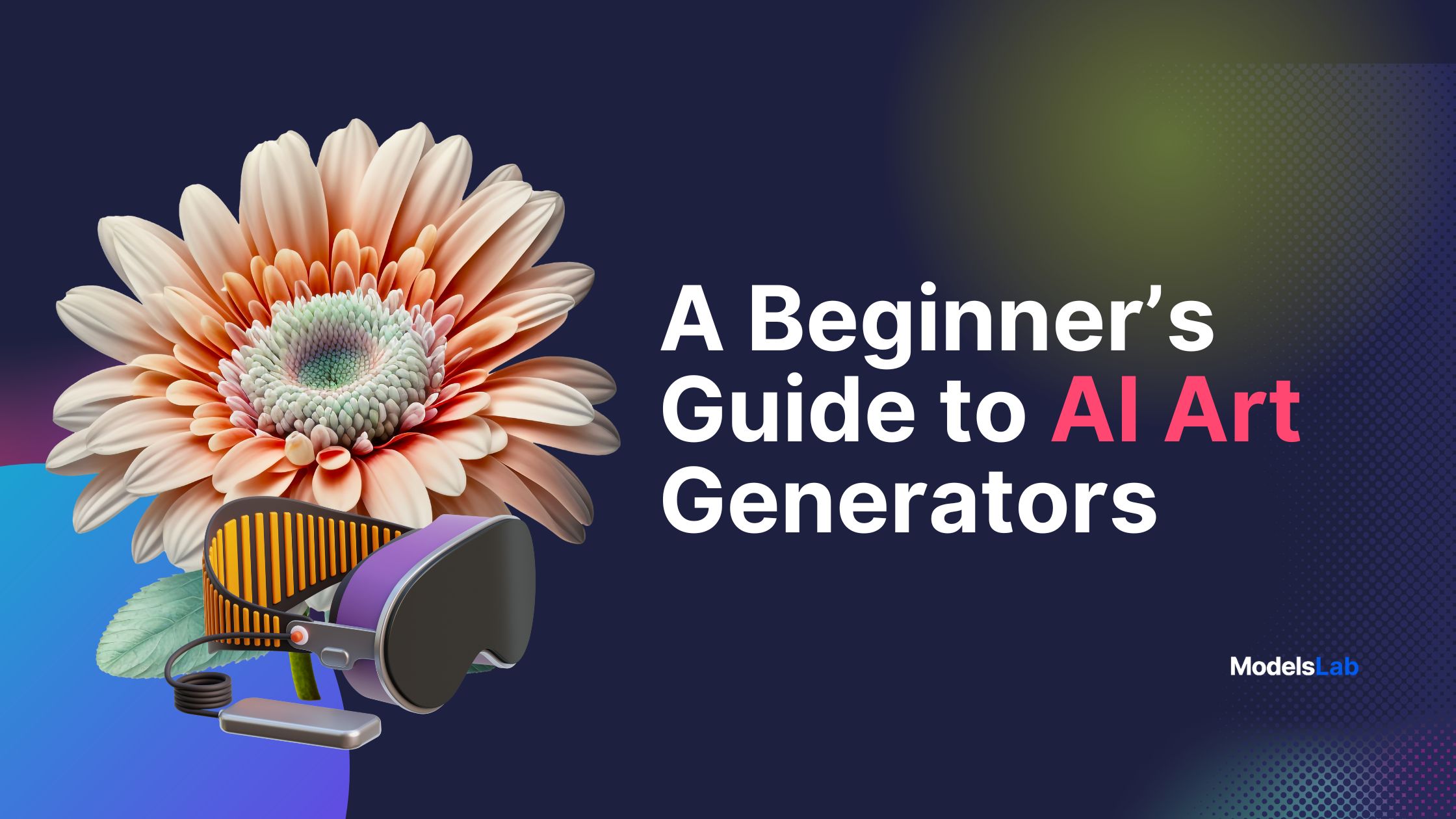
AI art generators have become a major trend in recent years, transforming how we create and interact with visual content. From eye-catching avatars to imaginative artwork, these tools use artificial intelligence to generate unique and diverse images based on your input.
Whether you're using them for marketing, content creation, or simply exploring new forms of creativity, understanding how these AI art generators work is important to unlock their potential.
Here, we’ll explain how AI art generators work, their applications, and why it’s helpful to understand the technology behind them.
What is AI Art?
AI art is a digital artwork created using advanced technology. This technology, known as generative AI, is trained on vast amounts of data (like images, text, or audio samples) to learn how to produce new content.
The process is simple, You provide a prompt or input to the AI, and it generates artwork based on that prompt. For example, if you enter a simple prompt like "White Cat," the AI will create an image that reflects this idea.
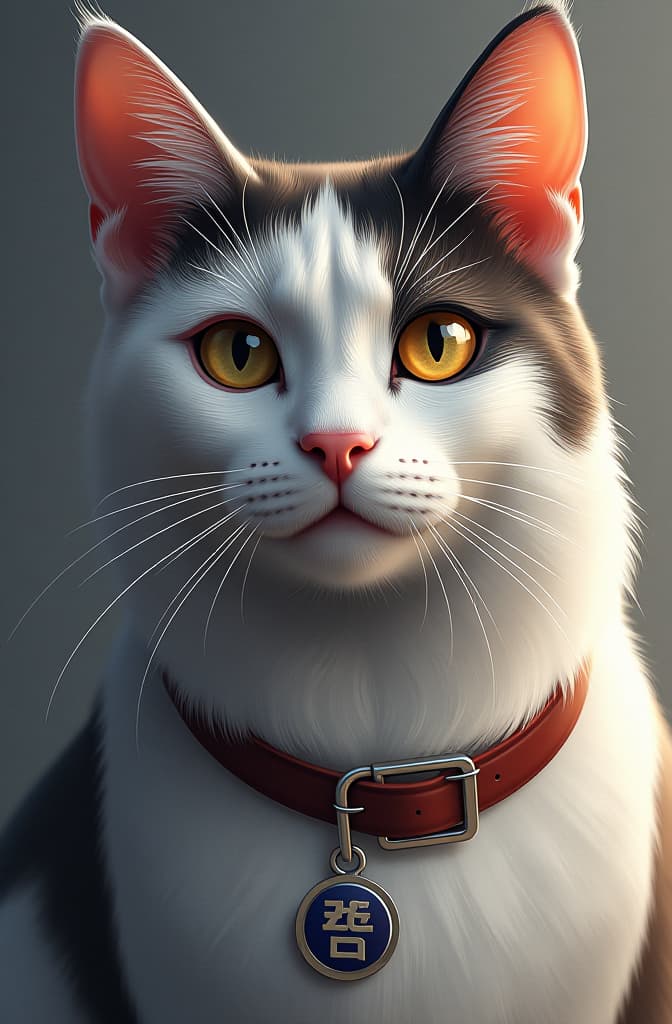
Popular AI art generators, such as Flux, Stable Diffusion, Midjourney, and DALL-E, have made it easier for people to create unique and customized artwork. These tools can produce text, images, or audio for various uses, including marketing, music videos, and websites. Understanding how these AI tools work helps us appreciate the blend of technology and creativity behind each piece of AI-generated art.
How AI Art Generators Work
AI art generators use complex models and large datasets to create images. They learn and refine their output through processes like GANs, latent space, and diffusion, ultimately turning prompts into unique digital art. Let’s understand all the steps one by one:
Training with Data
AI art generators learn from a massive number of images and their descriptions. For example, if the AI sees thousands of pictures of the cat and their descriptions, it starts to understand what a cat looks like.
By seeing so many examples, the AI gets better at recognizing and creating different objects, colours, and styles in art.
Neural Networks:
Neural networks are like a complex system of interconnected “neurons,” similar to the human brain, that help the AI process and understand images. The AI looks at each image as a grid of tiny colour dots (pixels). It learns patterns and details from these dots to create new images that match what it has learned.
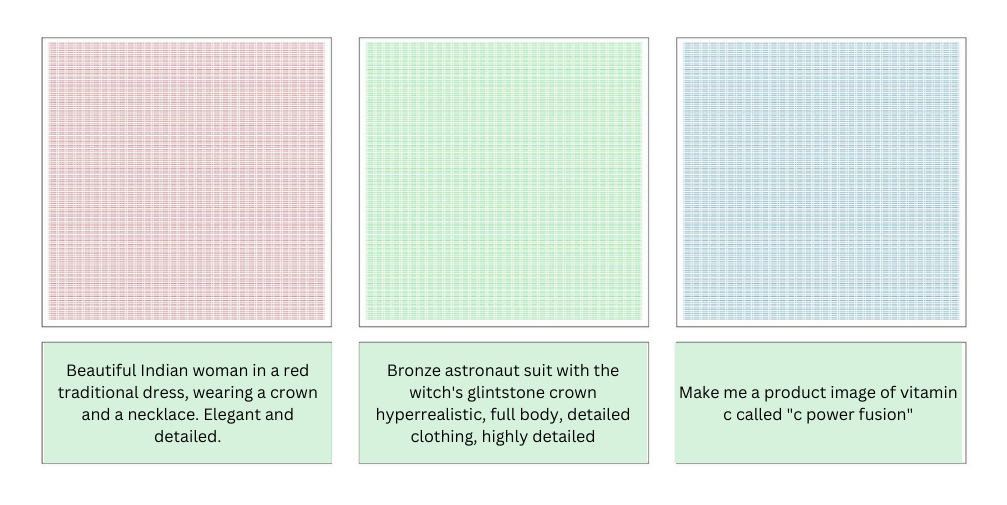
Using GANs (Generative Adversarial Networks)
Generative Adversarial Networks (GANs) work with two main parts: the generator and the discriminator. The generator creates new images from scratch, while the discriminator checks these images to see if they look real or fake.
The generator and discriminator work together in a process of trial and error. The generator tries to make better images, and the discriminator gets better at spotting fakes. Over time, this back-and-forth helps the generator create images that look very real.
Latent Space
The AI creates something called a "latent space," which is like a multi-dimensional map. This map has different dimensions for various features, such as colours and shapes. For instance, if you give the AI the prompt "bronze astronaut suit," the latent space includes dimensions for "bronze," "astronaut," and "suit."
The AI uses this map to generate an image based on your prompt. It combines the different dimensions to create an image that matches what you asked for, like a bronze astronaut suit.
Diffusion Process
In the diffusion process, the AI starts with a random, abstract image that doesn’t resemble the final result. For a prompt like "bronze astronaut suit with the witch’s glintstone crown," it begins by shaping the noise into rough forms of the suit and crown.
Gradually, the AI adds textures and details, refining the bronze appearance and glintstone intricacies. It then integrates the full-body view and finalizes intricate details. The result is a hyperrealistic and detailed image matching the prompt.
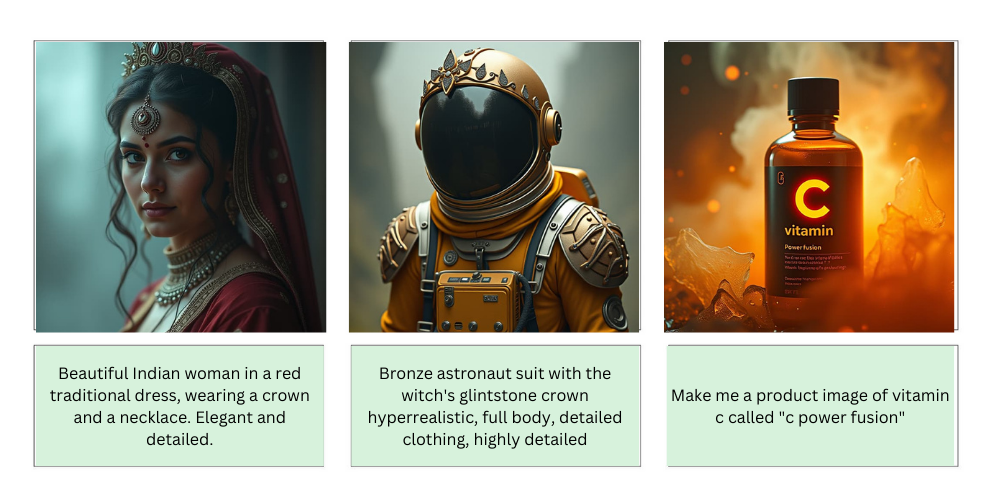
Applications of AI Art Generators
Creative Industries
AI art generators are widely used in design, advertising, and media. They help designers create unique visuals, generate ideas for advertisements, and produce engaging media content quickly and efficiently.
Personal Art Projects
For hobbyists and DIY enthusiasts, AI art generators offer a fun and easy way to create personalized artwork. Whether it's for decorating a space or exploring new creative ideas, these tools allow individuals to produce art tailored to their preferences.
Commercial Art
Businesses use AI art generators to create custom artwork for marketing and branding purposes. These tools can produce logos, promotional materials, and other visual content that helps companies stand out and connect with their audience.
Education
AI art generators can be used in educational settings to teach art and design concepts. They provide students with interactive tools to explore creativity and understand visual elements without needing advanced skills or expensive materials.
Entertainment
AI art generators are used in the gaming and film industries to create concept art, character designs, and visual effects. They help streamline the creative process and bring imaginative worlds and characters to life.
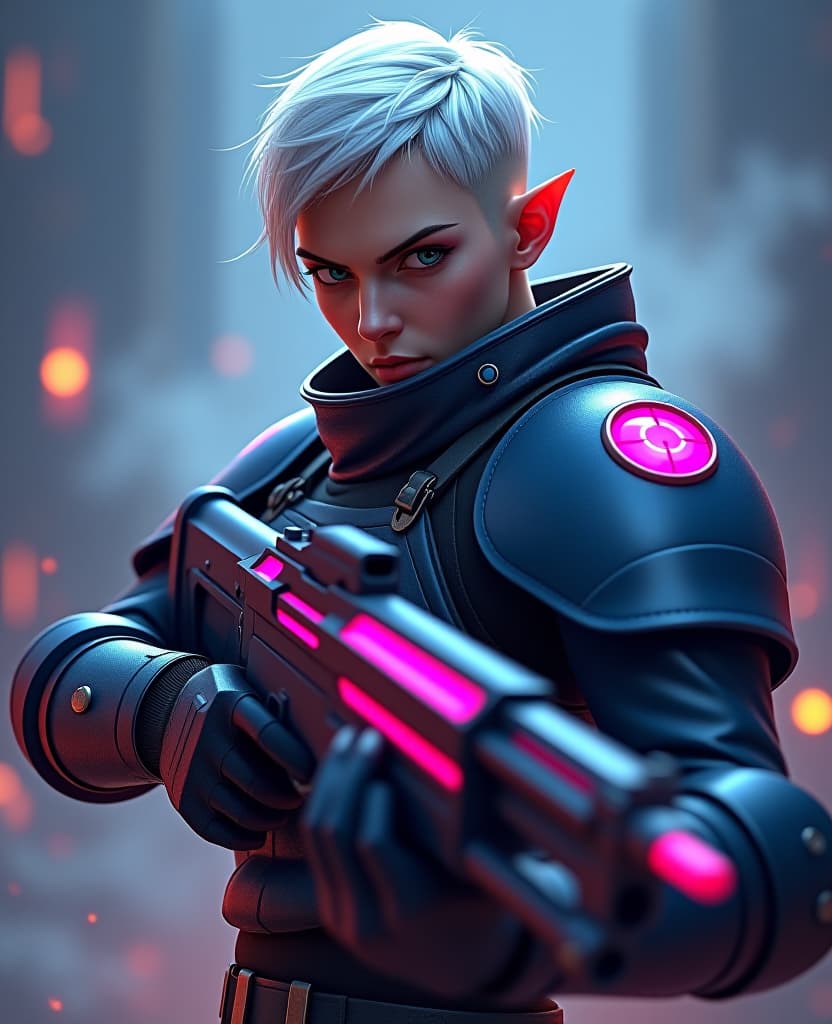
Fashion
Fashion designers use AI art generators to experiment with new patterns, styles, and textures. These tools help in creating innovative designs and predicting upcoming trends.
Product Design
AI art generators assist product designers by visualizing prototypes and concepts. They can quickly generate multiple design variations, aiding in the decision-making process and accelerating product development.
Virtual and Augmented Reality
AI art generators help create immersive environments and assets for virtual and augmented reality experiences. They produce detailed and diverse visual content for VR and AR applications.
Ethical Consideration
When creating art with artificial intelligence, there are some important ethical and legal issues to consider. One big question is about copyright infringement, as there are no clear rules yet. For example, many AI art generators train their models on royalty-free images to avoid legal problems and limit their generated images to entertainment purposes only. However, this might change in the future.
Before choosing a platform, check how it trains its models and gather as much information as you can. If you want to use AI-generated art for commercial purposes, make sure the platform allows it. Many platforms offer commercial use if you sign up for a paid plan, but it’s a good idea to confirm this first.
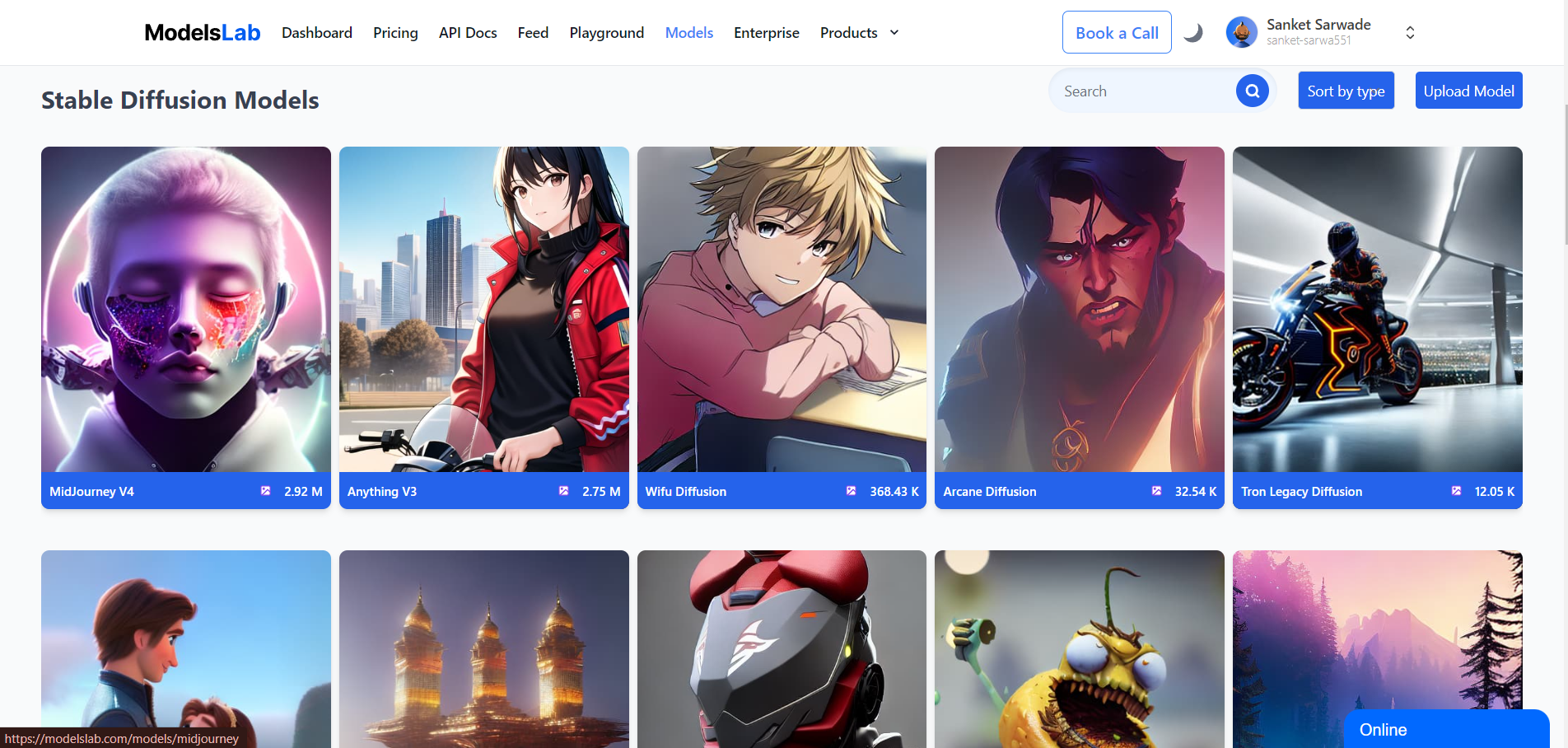
Try ModelsLab today and create high-quality AI art that’s perfect for commercial use!
Conclusion
AI art generators are a fantastic way to create unique and eye-catching visuals for various purposes. They make it easy to turn your ideas into amazing images, whether for personal projects or business needs.
Give ModelsLab a try for top-notch AI art that’s great for commercial use. And be sure to explore our other blogs for more helpful insights and tips on AI art and beyond!
